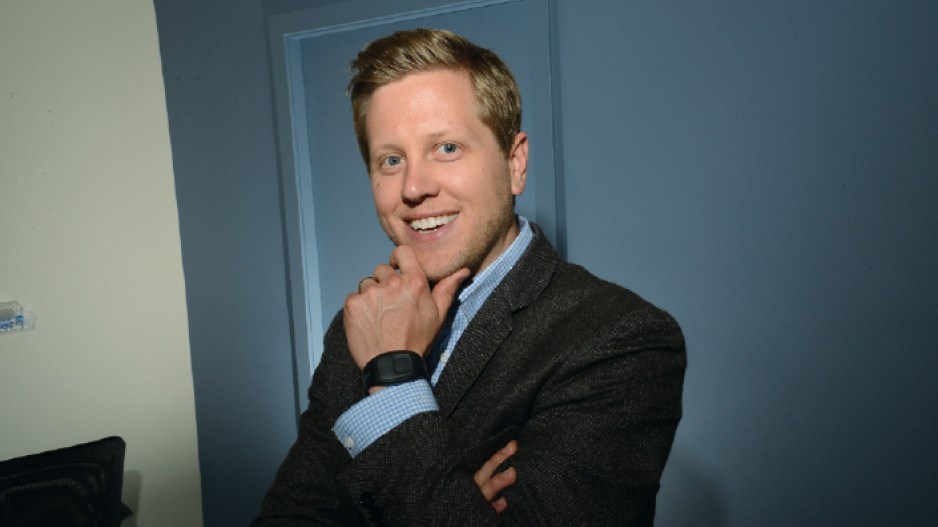What do a near-miss at Vancouver International Airport in 2011 and a meltdown at the Three Mile Island nuclear power plant have in common?
The answer: sleep deprivation.
A recently released Transportation Safety Board report confirms a near miss at Vancouver International Airport in 2011 was due to air traffic controller fatigue, which was also partly to blame for the worst nuclear accident in U.S. history.
According to Fatigue Science, a Vancouver company that specializes in sleep analysis for heavy industry and professional sports franchises, including the Vancouver Canucks, lack of sleep can impair judgment as much as drugs or alcohol.
“After you’ve been awake for 19 consecutive hours, your decision-making abilities are impaired,” said Fatigue Science CEO Sean Kerklaan. “It’s equivalent to that of someone with a blood alcohol level of 0.08.
“If you’re a miner, a pilot, if you’re a truck driver, if you fall asleep behind the wheel, your life – and others – is in danger.
Fatigue Science’s clients include trucking companies, 16 of the world’s largest airlines and five of the world’s largest mining companies – even the pilots who fly Air Force One.
“Before that plane takes off, these pilots have to run their schedule through our software,” Kerklaan said.
The core of Fatigue Science’s technology is an algorithm developed for the U.S. military to help identify if there is a correlation between sleep deprivation and friendly fire. Sleep patterns over a period of days or weeks are analyzed to calculate sleep debt trends.
Pat Byrne, a former WorksafeBC employee, founded Fatigue Science and acquired the rights to the algorithm after his nephew was killed in a car accident while sleep deprived.
The company developed ReadiBand, a wristwatch that is worn over a period of days or weeks. It measures wrist movement, which is used to identify when the wearer is asleep or awake. The longer it’s worn, the more accurate the data becomes.
Sleep debt is an occupational hazard in shift work. Not surprisingly, mining companies are among Fatigue Sciences’ biggest customers because most mines use shift workers and it is an industry where human error can lead to serious industrial accidents.
Privacy laws prohibit individual workers’ sleep data from being made available to managers that receive the analysis. But the data can be valuable in showing trends in their shift workers, like a spike in sleep debt at the beginning of a 10-day work week, for example.
“They have accident investigation reports every time there’s a major accident, and they’ve correlated our fatigue data to directly link to what their accident data is,” Kerklaan said. “So they make the informed decisions to either reduce the hours that those guys are working or change their roster slightly.”
The ReadiBand can tell wearers where they are in terms of peak performance level in percentages. When the readout drops to 70%, it means the wearer needs sleep and should not be driving or performing other tasks that could pose a risk to their own health or others.
ReadiBand data can be transmitted to a smartphone or desktop computer and then analyzed. The company is also working with technology incubator Wavefront to develop a way to transmit data real-time – something the trucking industry is interested in, because it could be used to alert managers when drivers are at the wheel when they shouldn’t be.




